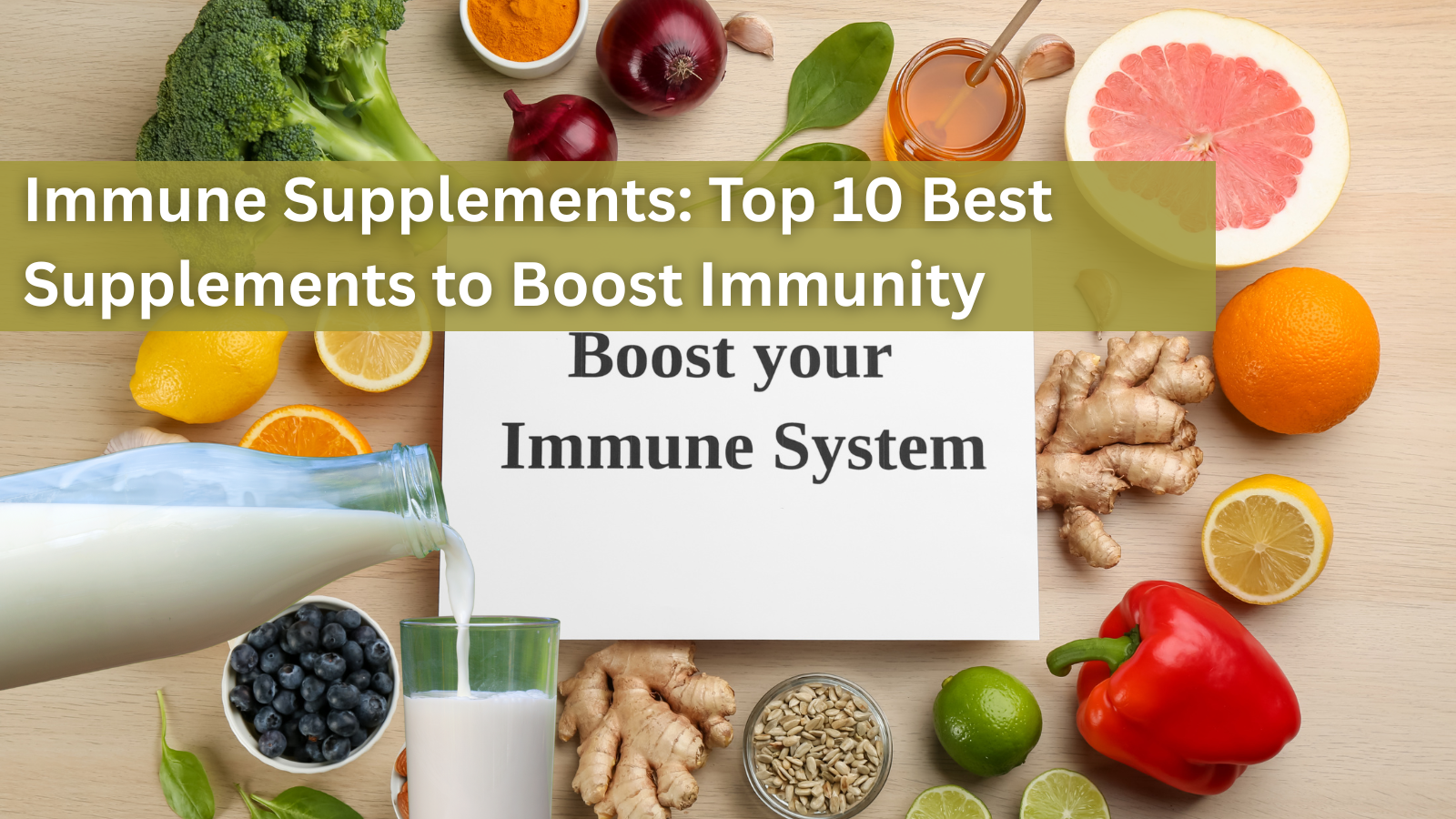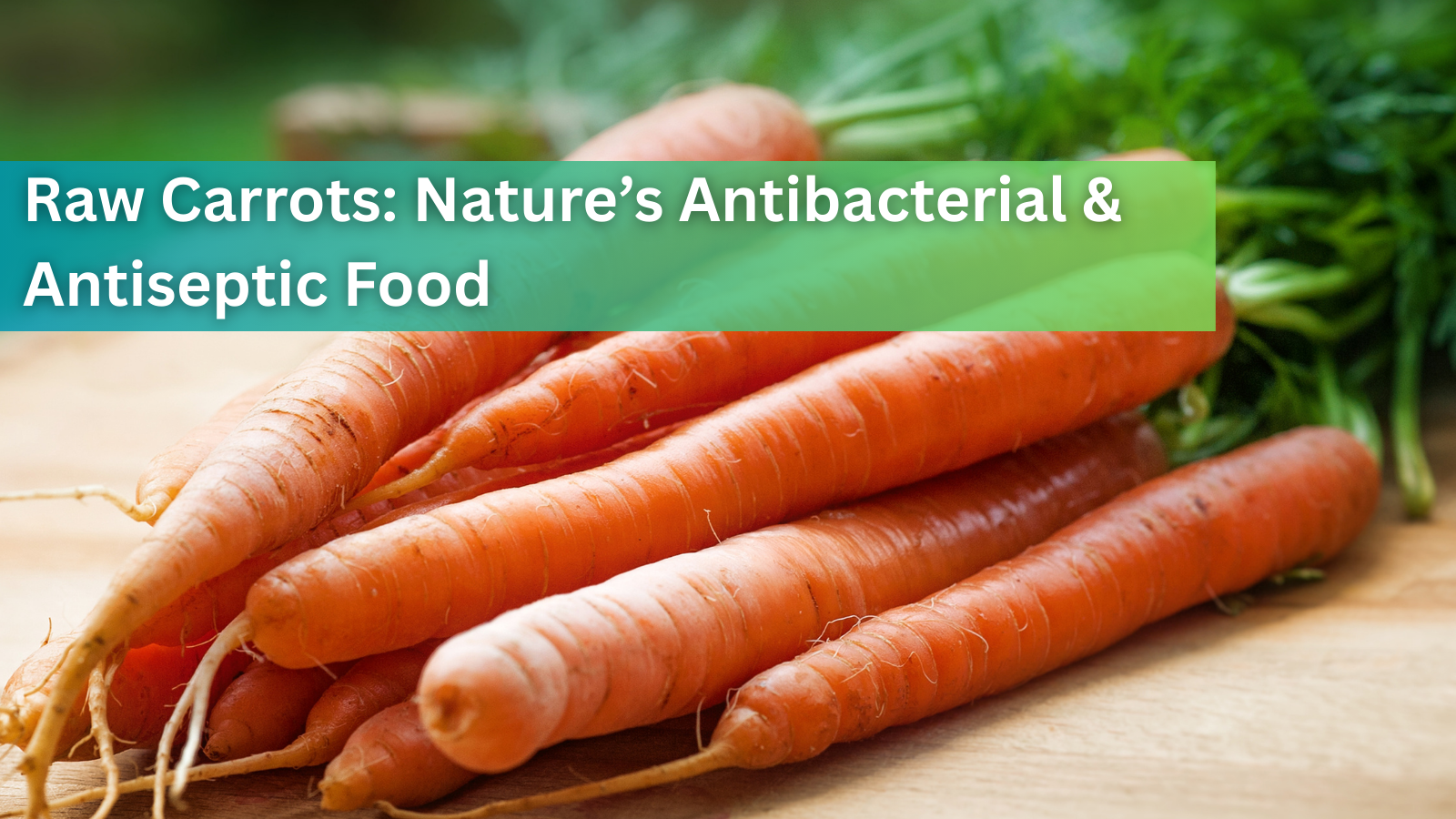Recent E. Coli Outbreaks, Symptoms and Natural Remedies

Escherichia coli, is a bacteria that can be found in various parts of the food supply chain. While most strains of E. coli are harmless and part of the normal flora of the human intestine, some strains can cause severe foodborne illness. Here's an overview of how E. coli prevalence manifests in our food supply:
Sources and Prevalence:
- Raw Meat (especially ground beef)
- E. coli is commonly found in the intestines of cattle, which means it can be present in undercooked beef products, particularly ground beef.
- Fresh Produce
- Fruits, vegetables, and leafy greens can become contaminated with E. coli through exposure to contaminated water or soil. This can happen during growing, harvesting, or processing stages. Notable outbreaks have involved spinach, lettuce, and sprouts. Tomatos are also naturally high in E..coli; particularly Roma tomatoes, and any tomato with discolored seeds should be cooked.
- Water
- E. coli contamination can occur in drinking water and irrigation water used for crops. This is often due to runoff from livestock farms or improper sewage treatment.
- Other Foods
- E. coli can also be found in other foods, including unpasteurized juices, undercooked poultry, and even some seafood. Cross-contamination during food handling and preparation can spread bacteria from one food item to another. The Centers for Disease Control and Prevention (CDC) estimates that E. coli O157:H7, a particularly harmful strain, causes approximately 73,000 illnesses annually in the United States.
Control and Prevention Measures:
- Food Handling Practices: Proper cooking temperatures (such as cooking ground beef to at least 160°F), washing produce thoroughly, and avoiding cross-contamination in the kitchen are critical preventive measures.
Recent Outbreaks
- Organic Walnuts Outbreak
- Source: Bulk organic walnuts
- Details: As of July 9, 2024, the CDC reports that the outbreak is over with a total of 13 cases in two states12.
- Shiga Toxin-Producing E. coli (STEC) Outbreak (Lake Anna Area)
- Source: Associated with the Lake Anna area during the Memorial Day weekend.
- Details: A total of 25 STEC cases were reported4.
- Shiga Toxin-Producing E. coli (STEC) O145 Outbreak in Great Britain
- Supplements: In 2023 two supplements produced in Chandler, AZ under the brand name Global Vitality Inc, were recalled due to E.Coli contamination. The two supplements were Serious Brain Enhancer, and Uro Kid Support Capsules.
Top E. coli Infection Symptoms
- Diarrhea
- Diarrhea is often watery but can become bloody in more severe cases, particularly with strains like E. coli O157:H7.
- Abdominal Cramps
- Severe stomach cramps or pain are common and can be quite intense.
- Nausea
- Feeling nauseous is a typical symptom and may or may not lead to vomiting.
- Vomiting
- Some individuals may experience vomiting, although it is less common than diarrhea and cramps.
- Fatigue
- Fatigue or feeling extremely tired is common due to dehydration and loss of nutrients.
- Fever
- A low-grade fever may be present, though high fever is less common with E. coli infections.
Natural Remedies
Iodine – Stomach Saver by Dr.ClarkStore
Quotes from Scientific Articles:
“Although the exact mechanism of action is unknown, iodine is known to rapidly penetrate into microorganisms…As a bactericidal agent, iodine likely penetrates bacterial cell walls, and it’s killing mechanism is likely related to retardation of bacterial protein synthesis, disruption of electron transport, DNA denaturation or membrane destabilization. In lipid enveloped viruses it is presumed to attack the surface proteins and destabilize membrane fatty acids by reacting with unsaturated carbon bonds. Povidone iodine has also been reported as an effective environmental microbicide in the inactivation of coronaviruses.” (1).
“PVP-I was also highly effective at eradicating bacterial biofilms, which is a vitally important consideration for wound care and infection control. Despite a long history of extensive use, no resistance or cross-resistance to PVP-I has been recorded, which is in contrast with other antiseptics.” (2).
Other potential rememdies:
ACV
Essential Oils (3).
Magnesium Chloride
Conclusion
If you're taking supplements for pathogen prevention like Iodine, always ensure you are taking enough companion nutrients, which are nutrients that Iodine needs to work in the body. The mains ones are selenium, zinc, Vitamin C, Magnesium, and B vitamins.
References
- Hove, P. R., Mobley, D., Magunda, F., & Call, D. R. (2020). Deploying elemental iodine in a vapor form to disinfect water and to clear biofilms. International Journal of Environmental Research and Public Health, 17(10), 3489.
- Barreto, R., Barrois, B., Lambert, J., Malhotra-Kumar, S., Santos-Fernandes, V., & Monstrey, S. (2020). Addressing the challenges in antisepsis: focus on povidone iodine. International journal of antimicrobial agents, 56(3), 106064.
-
Dušan, F., Marián, S., Katarína, D., & Dobroslava, B. (2006). Essential oils—their antimicrobial activity against Escherichia coli and effect on intestinal cell viability. Toxicology in vitro, 20(8), 1435-1445.

September 27, 2025
Immune Supplements: Top 10 Best Supplements to Boost Immunity
Are you looking for effective ways to enhance your body’s natural defense? Immune supplements have become popular choices to support the immune system booster function, especially in times of increased illness risk. With so many products...
Read more
September 27, 2025
Cell Phone and WiFi Safety: How to Prevent and Treat EMF Damage and Electrosensitivity
Electrohypersensitivity (EHS), often called electrosensitivity, has been a polarizing and increasingly relevant issue over the past decade and a half. Since the number of people identifying with these symptoms continues to grow exponent...
Read more
September 27, 2025
Raw Carrots: Nature’s Antibacterial & Antiseptic Food
For most of us, carrots are simply a crunchy snack or a source of vitamin A. But according to researcher Ray Peat, PhD, raw carrots offer something more unusual: they act as a kind of natural antiseptic inside the gut, helping to contro...
Read more




Leave a comment